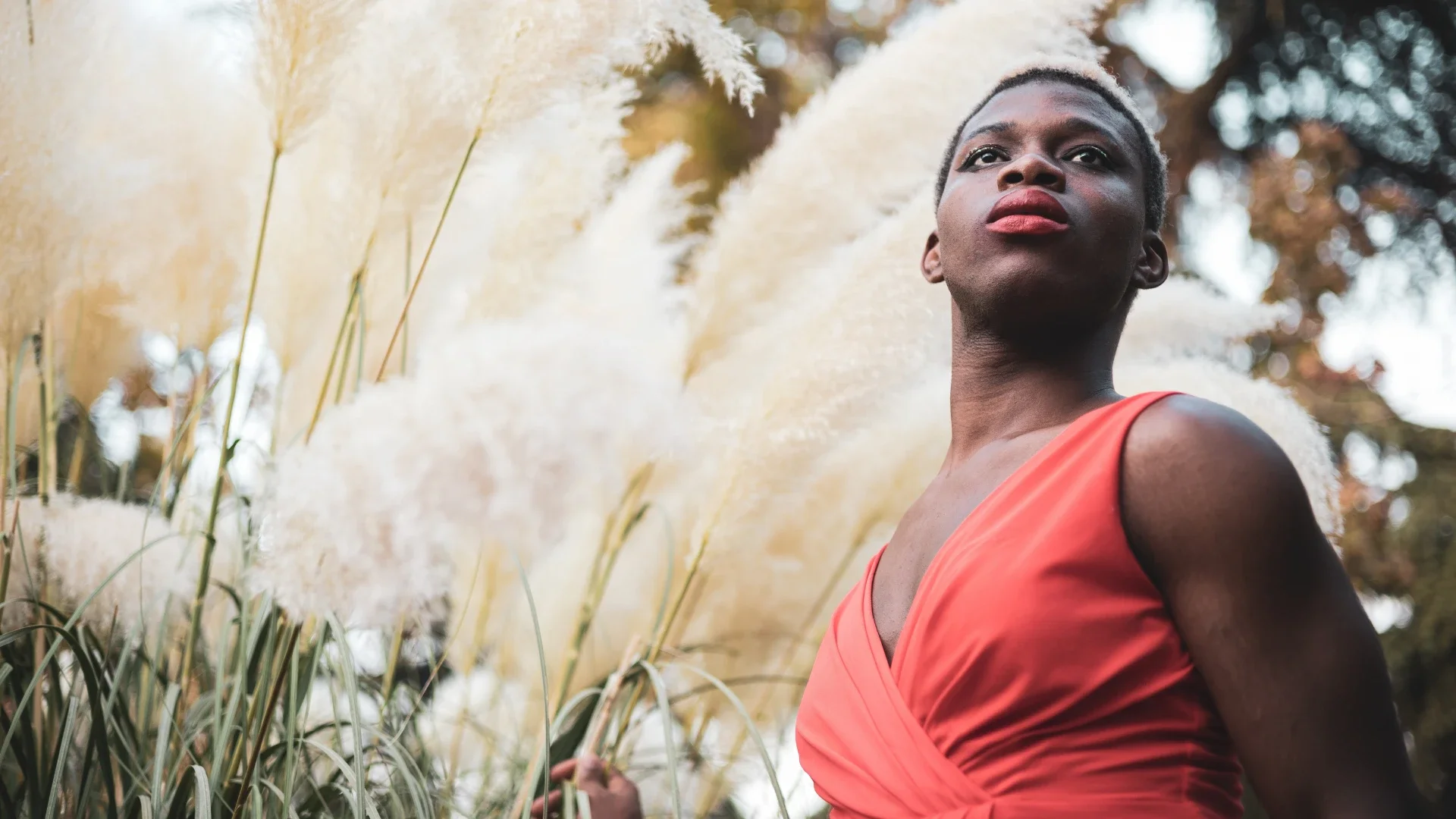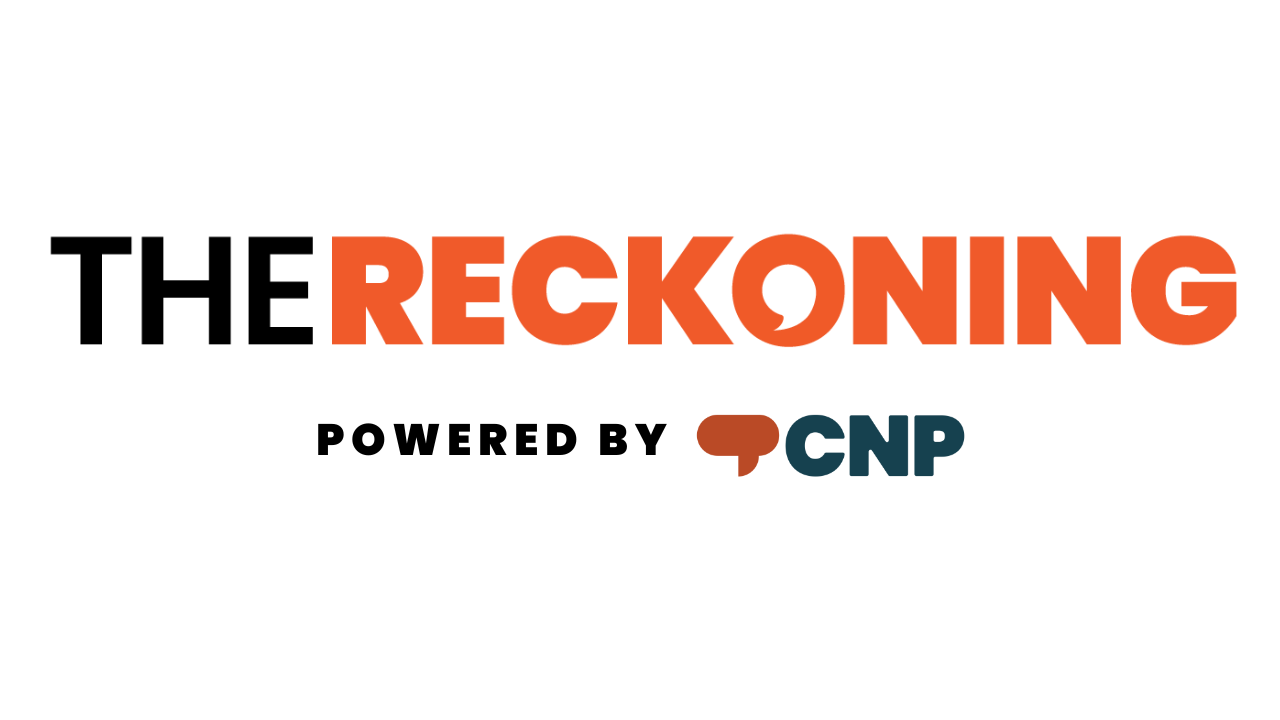The Philanthropic Paradox of The Red Dress Run

Known for its energy, food, and music, the city of New Orleans is truly one of a kind. With over 19 million visitors each year, NOLA boasts a multitude of events that attract all kinds of tourists. Many are familiar with Mardi Gras, but may not know the cultural and historical significance of the event. Likewise, while much smaller in size, another recent NOLA tradition has become incredibly popular-the Red Dress Run.
Hosted by the local chapter of a running group known as Hash House Harriers, The Red Dress Run is held on the 2nd Saturday of each August, and typically involves all genders running through the city wearing a Red Dress and a drink in hand. The website officially states,” even if running isn’t a thing, head on down and join the fun,” and encourages all people to register to help donate to charity. What started as a small event in 1987 has exploded into one of the Fall’s most visible fundraisers, especially in the South. Despite its widespread visibility, the event’s purpose, scale, and philanthropic impact remain largely misunderstood within the Black queer community, even though we helped propel it into the mainstream.
“Contrary to popular belief, and despite wearing red, the Red Dress Run is not related to HIV advocacy, Black and/or queer communities at all. This is where the paradox lies.”
How did it become so popular?
It is hard to pinpoint how/why the Red Dress Run became popular. What is clear, however, is that social media fueled its popularity. This is especially true for Black queer men who see the event as a rare chance to make a statement and embrace femininity in a communal setting. As Queerty notes, the Run has become “a fun place for Black gay and queer liberation, filled with fellowship, fun, and festivities.” Various TikToks also highlight the value of the event in tumultuous times. The Red Dress Run seems like one of the few places where Black queer expression and identity can be centered, even if the event itself is not Black and queer.
Contrary to popular belief, and despite wearing red, the Red Dress Run is not related to HIV advocacy, Black and/or queer communities at all. This is where the paradox lies. The Red Dress Run is not rooted in HIV advocacy, queer liberation, or Black community organizing. Yet, somehow, the conversations and images surrounding it often center on the issues of Black queer people. And yes, the predictable critiques resurface every year: men in dresses, challenges to masculinity, and the discomfort it provokes. Because the masculinity critique is so obvious and fragile, it became the scapegoat overall, but other critiques certainly exist.
The Black Queer Obligation to Red Dress Run
While I cannot cite hard statistics on fundraising or reach of the event, I could not help but notice that the discourse around the Red Dress Run seems to center more on vanity, visibility, and spectacle than on the actual philanthropic needs of the event. People have the right to determine how, when, and where to spend their money, and unapologetic Black joy is indeed an act of resistance. But so is aligning that joy with communal impact when needed. After extensive discussions and analysis on social media, it appears that many attendees viewed the event as a form of liberation for the community, rather than a donation to Hash House or other local charities. I wish it could have been both. I would be happy to be wrong, but the sea of red dresses and the flood of social media posts seemed to overshadow the event’s supposed philanthropic purpose.
“I applaud the joy and community the Red Dress Run fosters, especially for Black queer people. However, when our participation stops at performance, without matching donations or resource redistribution, it risks becoming more about appearance than impact.”
Gaye Magazine conducted a street interview series in which Black queer men expressed excitement about the event and donating to a charity in Washington, D.C., rather than New Orleans. This is not inherently bad, but slightly misguided, as NOLA has a plethora of Black queer groups who could use funding/resources, and Black Pride had just wrapped up in DC in May.
I applaud the joy and community the Red Dress Run fosters, especially for Black queer people. However, when our participation stops at performance, without matching donations or resource redistribution, it risks becoming more about appearance than impact. We risk becoming contributors to injustice instead of people fighting it. We risk engaging in the worst type of exploitative voluntourism-one where the world we “tour” looks eerily similar to our realities.
For Black queer participants in particular, our presence directly drives the allure and appeal of the event. If this is the case, in my opinion, our philanthropic engagement ought to match. Without being intentional about donations, our enhanced visibility risks being exploited for entertainment rather than empowerment. This is especially concerning for NOLA, a city that is notoriously Black and in dire need of Black centered resources from nonprofits.
If we continue to participate without donating, we forfeit a critical opportunity to shift the narrative and materially support our communities. Black queer presence fuels the event’s visibility, and it is my genuine hope that our participation also sparks community centered solutions.
Deion S. Hawkins, Ph.D. is Senior Editor of The Reckoning. He is an Assistant Professor of Argumentation & Advocacy and the Director of Debate at Emerson College in Boston, Massachusetts. In addition to guiding a nationally recognized speech & debate team, Deion teaches various courses, including, Rhetoric of Social Movements, Health Communication & Health Advocacy. Besides publishing academic research focusing on racial justice in HIV, Deion’s writing has also been featured in Salon, Yahoo, Fortune, and HowStuffWorks. Deion is passionate about using his background in advocacy to advance equity and liberation, especially for Black queer men. He remains committed to serving historically marginalized, under-resourced, and under-served populations. For example, he is on the Board of Directors for Boston Healthcare For The Homeless Program, a nonprofit dedicated to providing comprehensive and dignified healthcare regardless of one’s housing status.
